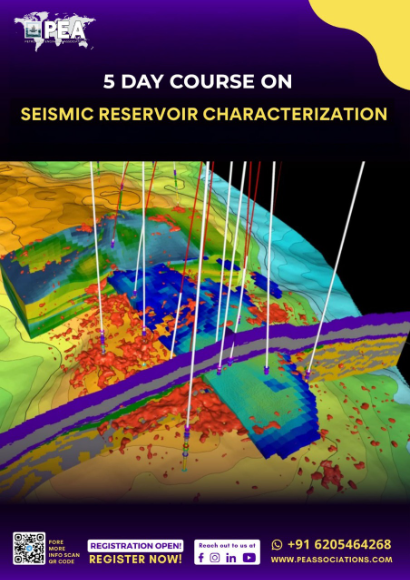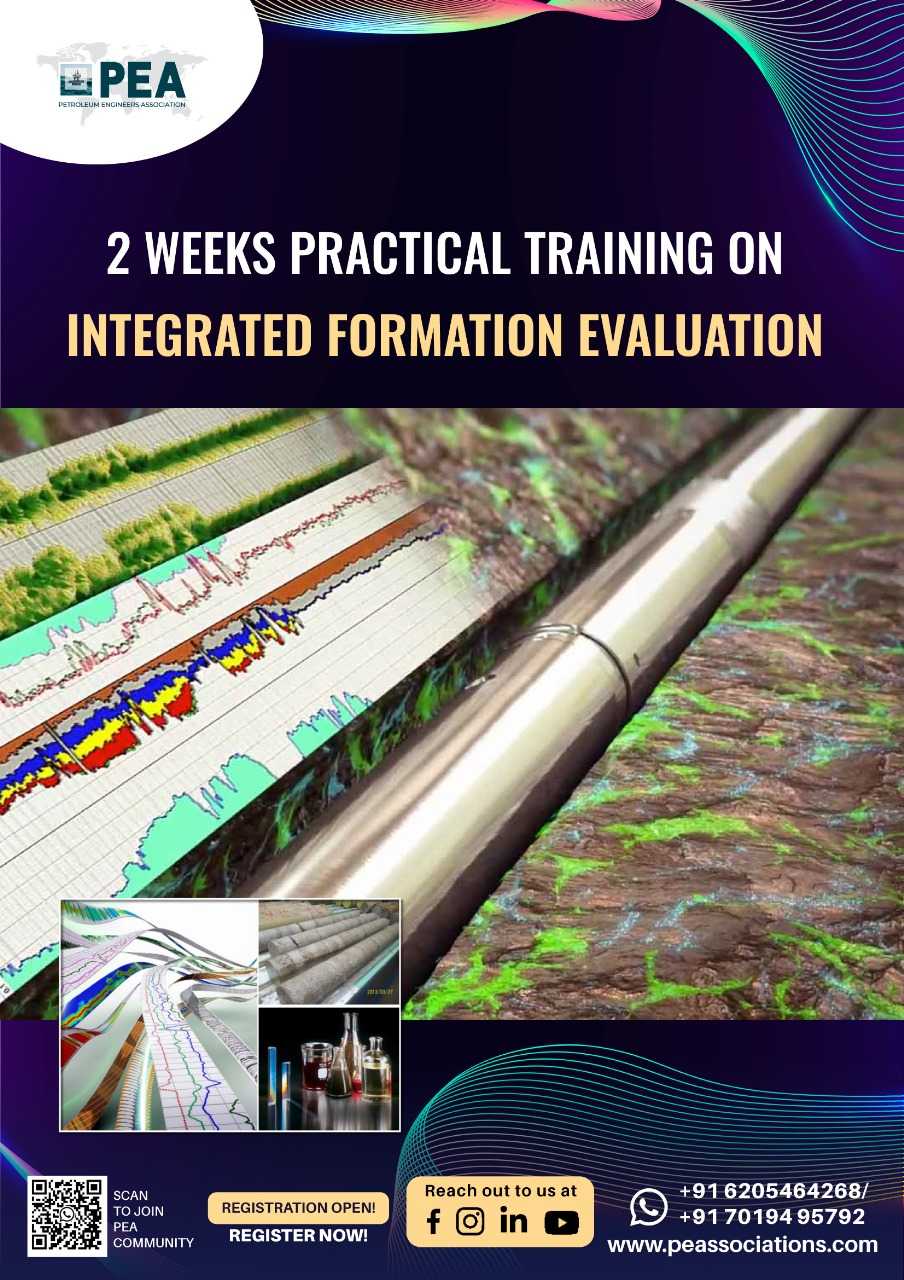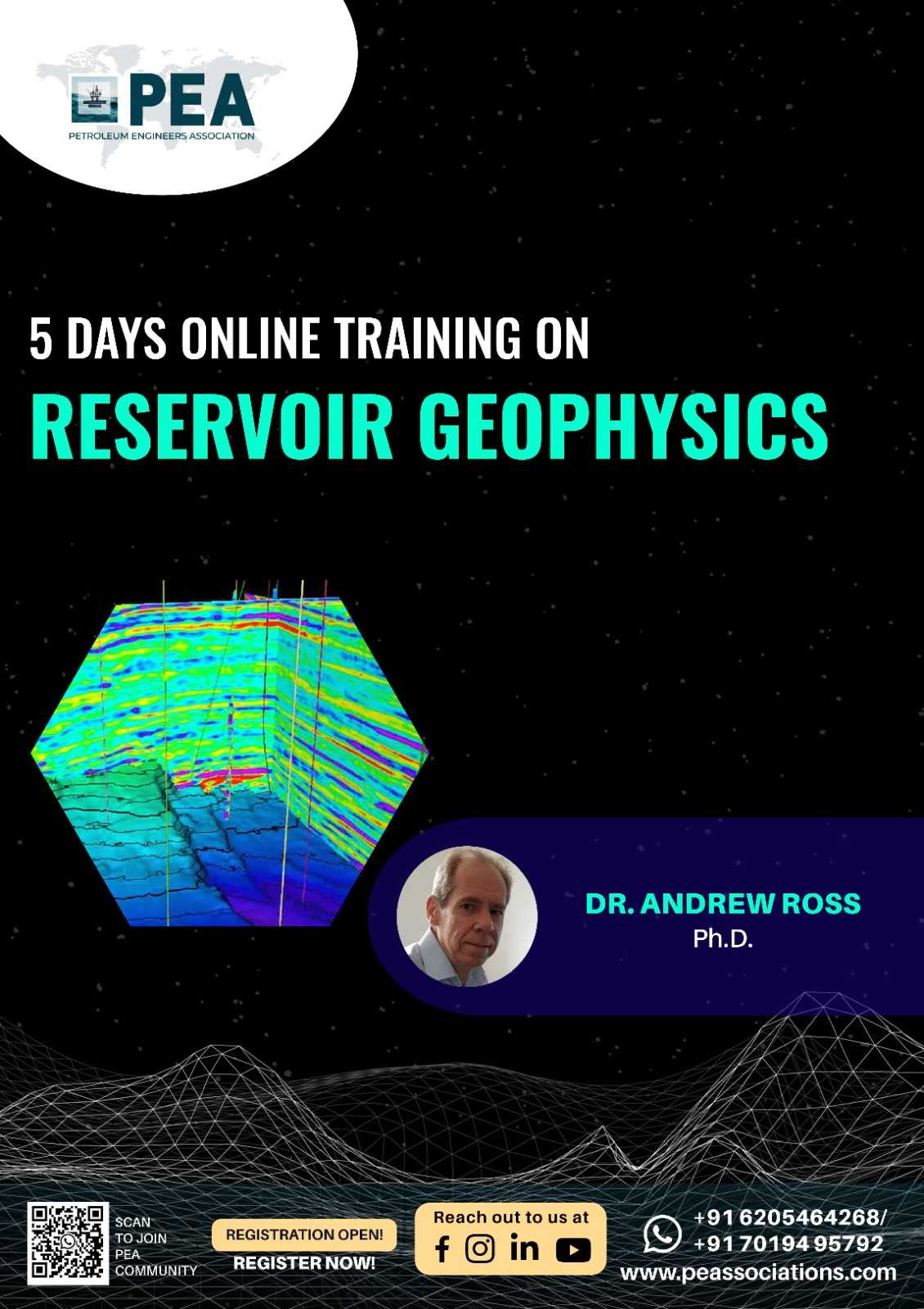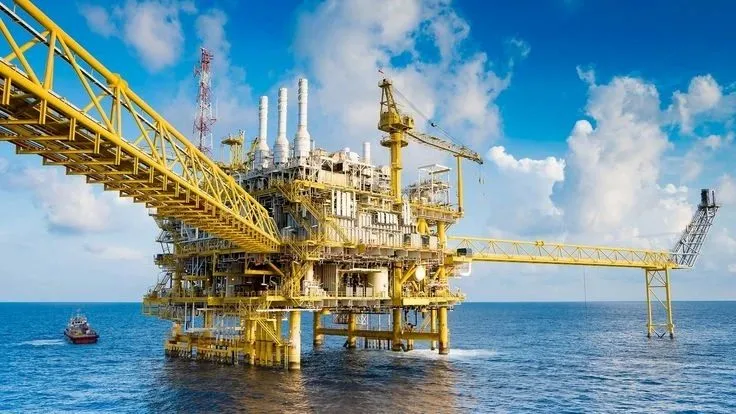Boost your team's skills and your budget! Enjoy group discounts for collaborative learning. Send an inquiry to info@peassociations.com.
Advanced Reservoir Characterization Permeability Prediction, Reservoir Rock Typing, And Saturation Height Modelling
Description
The course provides an integrated approach to reservoir characterization by combining petrophysical laboratory data, core analysis, and well log interpretation to build accurate static and dynamic models. Participants will explore porosity–permeability relationships, saturation height functions, and machine learning applications in rock typing. With examples from diverse reservoirs worldwide, the course emphasizes data quality control, fracture facies analysis, and model validation, ensuring learners acquire strategies they can apply directly in multidisciplinary projects.
Demo Class
Accurate reservoir characterization is the cornerstone of effective field development and production optimization. Subtle variations in permeability, pore geometry, and fluid distribution can significantly impact reservoir performance and recovery. This self-paced course from PEA provides professionals with advanced tools and methods to better define rock types, predict permeability, and model fluid saturations. Through structured modules enriched with case studies and practical demonstrations, participants gain the skills to translate complex subsurface data into reliable reservoir models that support confident decision-making.
• Understand rock types and their role in reservoir modelling.
• Identify and interpret electrofacies signatures from well logs.
• Apply porosity–permeability models for rock typing.
• Integrate petrophysical data (logs, core, and SCAL) into 3D models.
• Define fracture facies for naturally fractured reservoirs.
• Build and validate saturation height models.
• Perform permeability prediction as a quality control step.
• Improved reservoir models for more reliable forecasts and planning.
• Stronger multidisciplinary collaboration through shared technical frameworks.
• Reduced uncertainty in permeability and saturation predictions.
• Enhanced decision-making in field development and recovery optimization.
• Access to proven methodologies supported by global case studies.
• Develop expertise in reservoir rock typing and fluid distribution modeling.
• Enhance data integration and interpretation skills.
• Gain confidence in using advanced techniques for permeability prediction.
• Strengthen professional capabilities for multidisciplinary teamwork.
• Acquire knowledge that supports career growth in petrophysics and reservoir engineering.
• Petrophysicists
• Reservoir Engineers
• Geoscientists
• Professionals engaged in reservoir evaluation and modeling
• Introduction to Reservoir Rock Typing
• Understanding the difference termination of rock group and their purposes.
• Electrofacies based on supervised and un-supervised ML approach.
• Preliminary quality control of well logs and core data
• Integration of core analysis and description.
• Comparison result of various rock grouping methods.
• Routine and SCAL data Integration for Rock Typing
• Porosity, permeability, and water saturation modeling and their use in rock typing and permeability prediction.
• Introduction to SCAL data.
• Capillary pressure curves transformation and integration in rocktyping.
• Core-based reservoir rock typing and permeability prediction using Rock-Typer Software (DEMO)
• Electrofacies Analysis
• Probabilistic and neural network approaches.
• Hands-on supervised analysis with probabilistic approach.
• Hands-on un-supervised electrofacies analysis.
• Key points in non-supervised analysis.
• Porosity and permeability modeling in connection with electrofacies.
• Pore Geometry-Structure (PGS) Rock Typing
• Introduction to PGS rock typing concept and application.
• Study comparison of PGS rock types against others methods (HFU/FZI, GHE, R35 Winland, Lucia, etc.)
• PGS in case studies of sandstone and carbonate reservoir rocks.
• Permeability Prediction & Saturation Height Modeling
• Predict permeability from geostatistical and machine learning.
• Estimate the permeability based on rock-types distribution.
• Porosity and Permeability prediction based on P-wave velocity and critical porosity approach.
• Water saturation modeling based on rock-types with hands-on.
• Fracture Facies for Naturally Fractured Reservoir
• Introduction to naturally fractured basement reservoir.
• Fracture classification and its objective.
• Fracture presence identification based on subsurface data integration.
• Fracture presence identification based on conventional well logs (without image logs).
• Fracture distribution in well intervals and 3D spatial.
On successful completion of this training course, PEA Certificate will be awarded to the delegates
This course has been meticulously developed by a seasoned PEA expert renowned in the oil and gas industry. With extensive hands-on experience and a proven track record in delivering innovative solutions, our trainer brings a wealth of technical expertise, deep industry insight, and a commitment to excellence. Learners can trust that they are gaining knowledge from a leading authority whose dedication to professional development ensures you receive only the highest-quality training to elevate your skills and career prospects.













